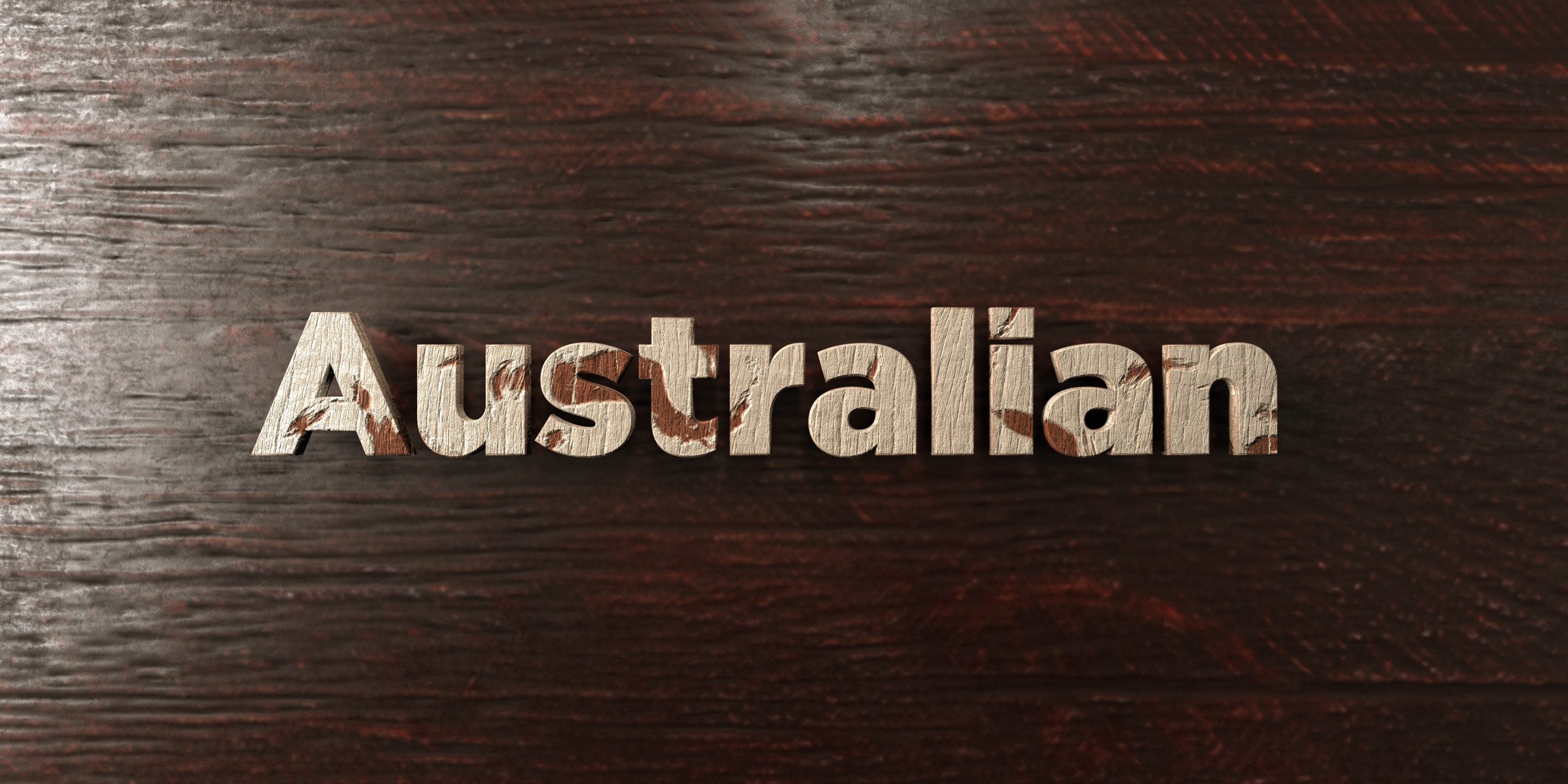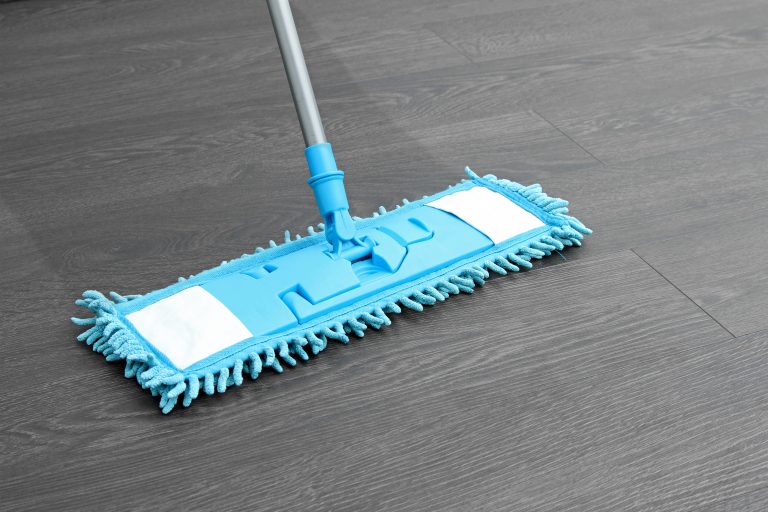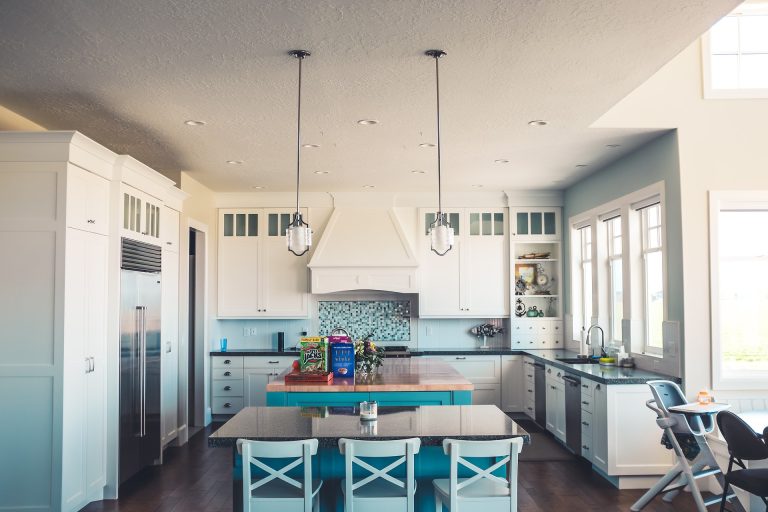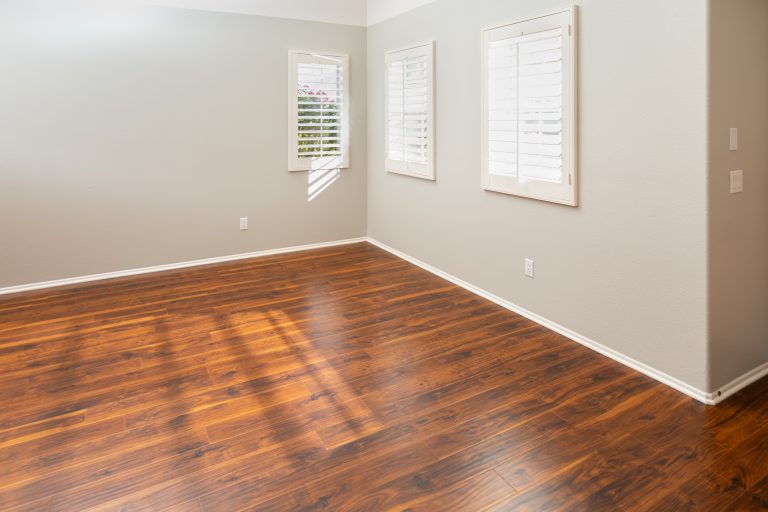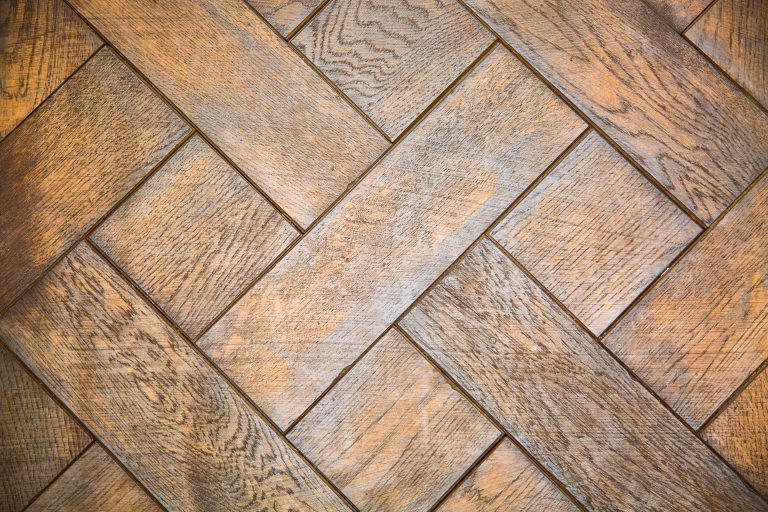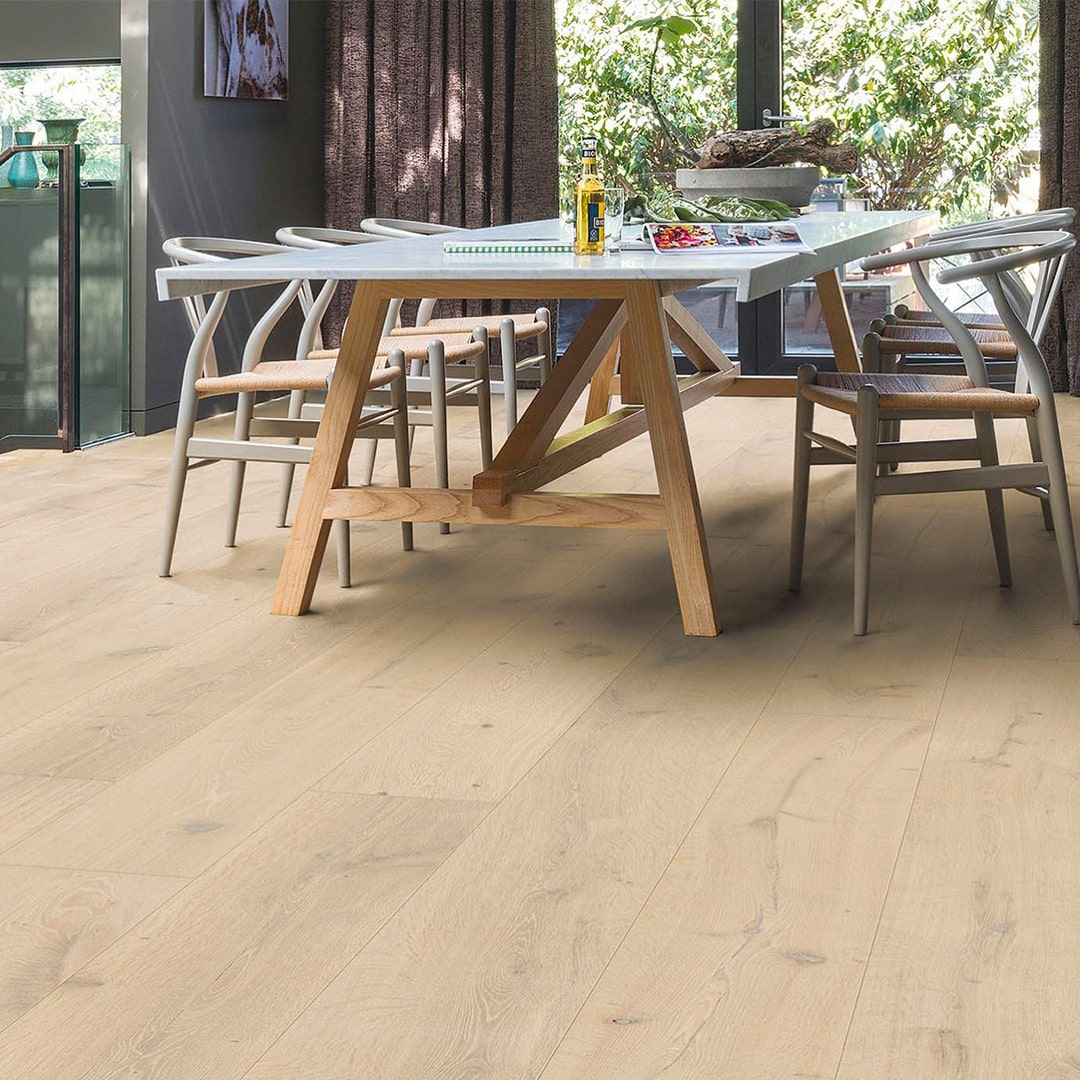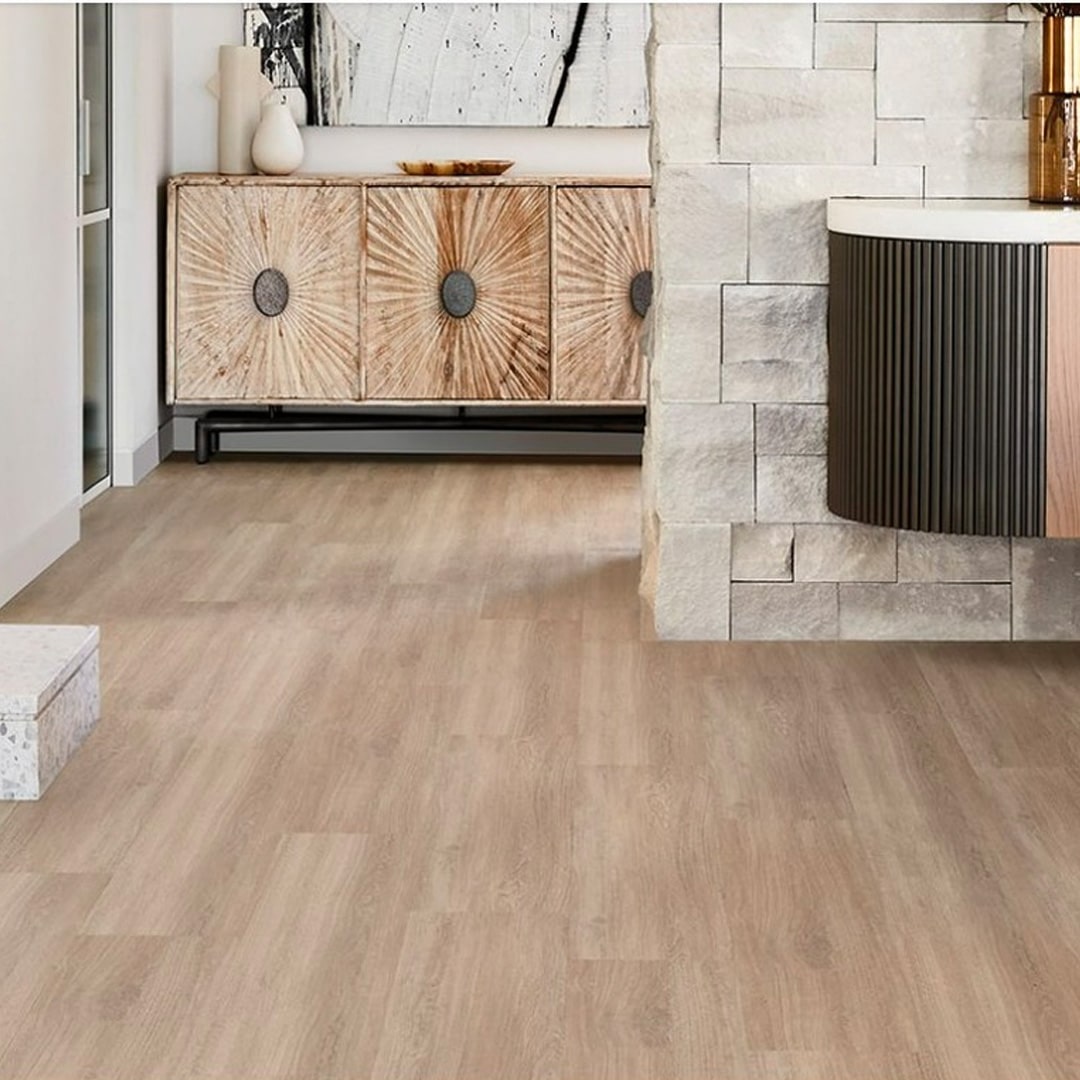Features of 4 of the Most Popular Australian Timber Floors
Australian timber is among the most beautiful and high-quality wood flooring options in the world. It is as unique as it is durable. For example, Australian Cypress (or Cypress Pine) is actually a softwood but harder than Red Oak, a hardwood. Plus, it’s renewable and sustainable. Here is information on 4 of the most popular Australian timber floors you won’t soon forget.
Blackbutt
Pricier than Victorian Ash due to its high value, Blackbutt grows in the coastal forests of southern Queensland to southern NSW as well as the Northern Region. It has a colour range from pale yellow or straw to light brown, with a tendency towards a straight grain with visible gum veins. The name comes from the black butt resulting from a bushfire.
Blackbutt takes stains well but is not suited for painting or glueing. Since it’s so durable, it is commonly used for constructing many things both indoors and out from rafters and railway sleepers to flooring and paper.
The timber has several natural features, such as gum veins, gum pockets, insect trails, and knots. Its swirling grain creates burrs (or burls). These features will show up the most if you get it in the natural grade as opposed to classic, while light and moderate features appear in standard and Australiana grades.
Jarrah
Jarrah is one of the most common red hardwoods. It grows in southwest Australia and is used in furniture, flooring and construction.
Jarrah’s heartwood colours can be a light red or brown to a brick red that darkens with light exposure, while the sapwood ranges from pale yellow to pink. Its grain is wavy with a dense, coarse texture, tight knots and large pores. Sometimes, it has black streaks or gum pockets. Air exposure darkens it and makes it look similar to mahogany. These features give it an original and exotic appearance.
This timber is incredibly durable and resistant to decay and insects. Although it’s hard to work with, it can be finished or glued.
All Australian timber floors have certain things in common with each other. While not appropriate for rooms with standing water, they tend to be durable, with wonderful acoustic properties and high fire-resistance ratings. Many species have a lot of natural variations in colours and textures, making each floor unique, and take stains. They’re also a renewable local resource, making them a great choice for eco-conscious homeowners. This description of four of several popular Australian timber floors shows a glimpse of the possibilities you can have for your own home.
Australian Cypress
The white and off-white aesthetic has popped up many times over the past decade. If you’ve looked at photos of interior design, you’ll recognise Australian Cypress as a popular option for creating that aesthetic. The alternative is to paint the timber floor white, but why paint it when you can already get it that colour naturally?
Originating in Queensland, both the cream to straw-coloured sapwood and the honey gold to brown heartwood have several colour variations, while the heartwood has dark knots. It has a closed grain for a smooth surface.
As for its performance, it is 7% harder than Red Oak and one percent harder than White Oak. It also has a natural resistance to termites, which is great for areas prone to pests. It is difficult to sand but takes finishes well.
Victorian Ash
Victorian Ash comes in colours ranging from light pinks and browns to medium browns. Any finishes you have applied will bring out straw highlights for a lively look. Caveat: This light hardwood is less durable and not termite-resistant, so its wide range of applications is limited to interior use.
Believe it or not, although it’s also known as Tasmanian Oak or Australian Oak, these are names for very similar species of hardwoods. They are all adaptable, durable, easy to work with, and they take stains and finishes well. They all have a straight grain with a coarse texture, but sometimes with gum veins and fiddleback markings. Both the heartwood and sapwood have colours ranging from pale pink to yellow brown, or — if steamed with ammonia — a walnut colour.
Tasmanian Oak (Mountain Ash, Alpine Ash or Messmate) can be one of three tree species or a mixture of the three. Its colour ranges from the younger straw blonde, pale and dark pink to chocolate blonde, giving it additional variety; in fact, just five yards of timber can show its colour range.
The origins of Victorian Ash and Tasmanian Oak are obvious, while Alpine Ash grows in Tasmania and New South Wales.
To learn more about the Australian timber floors we have available, contact us.

